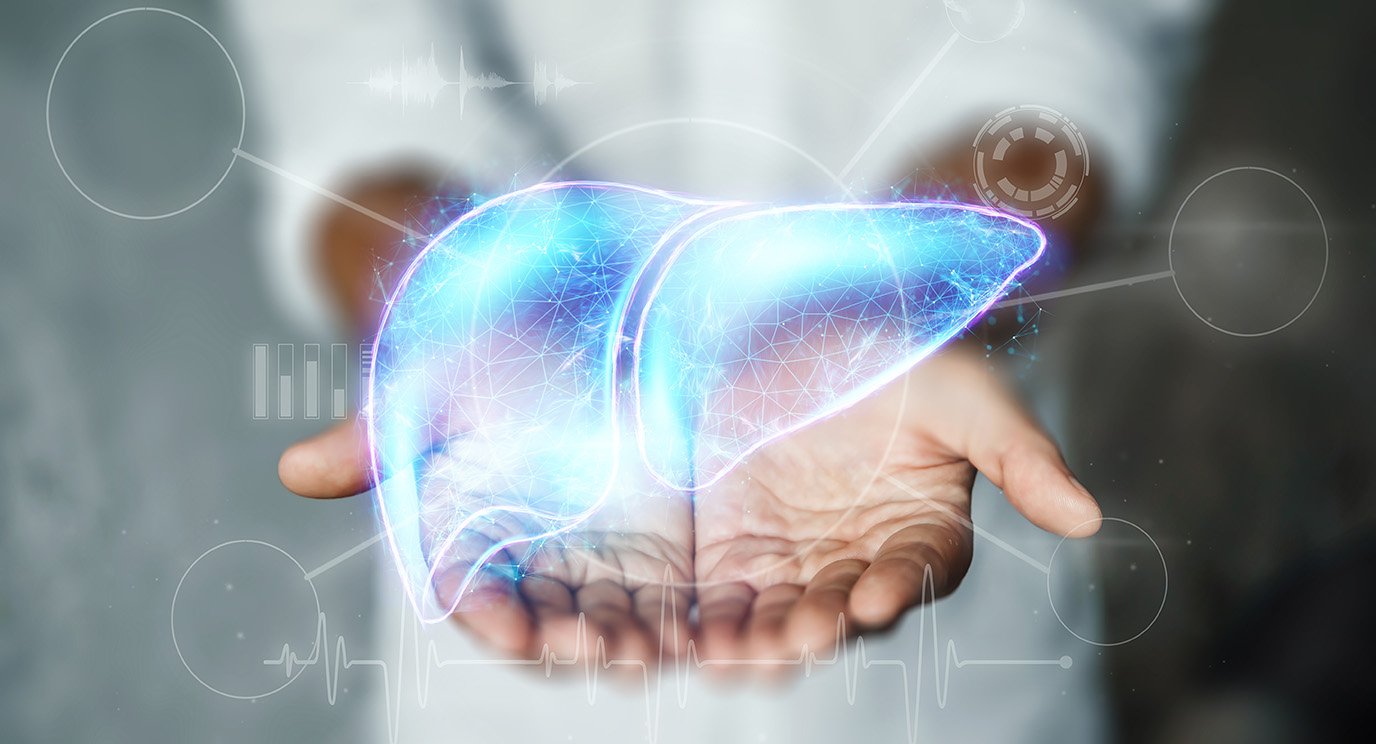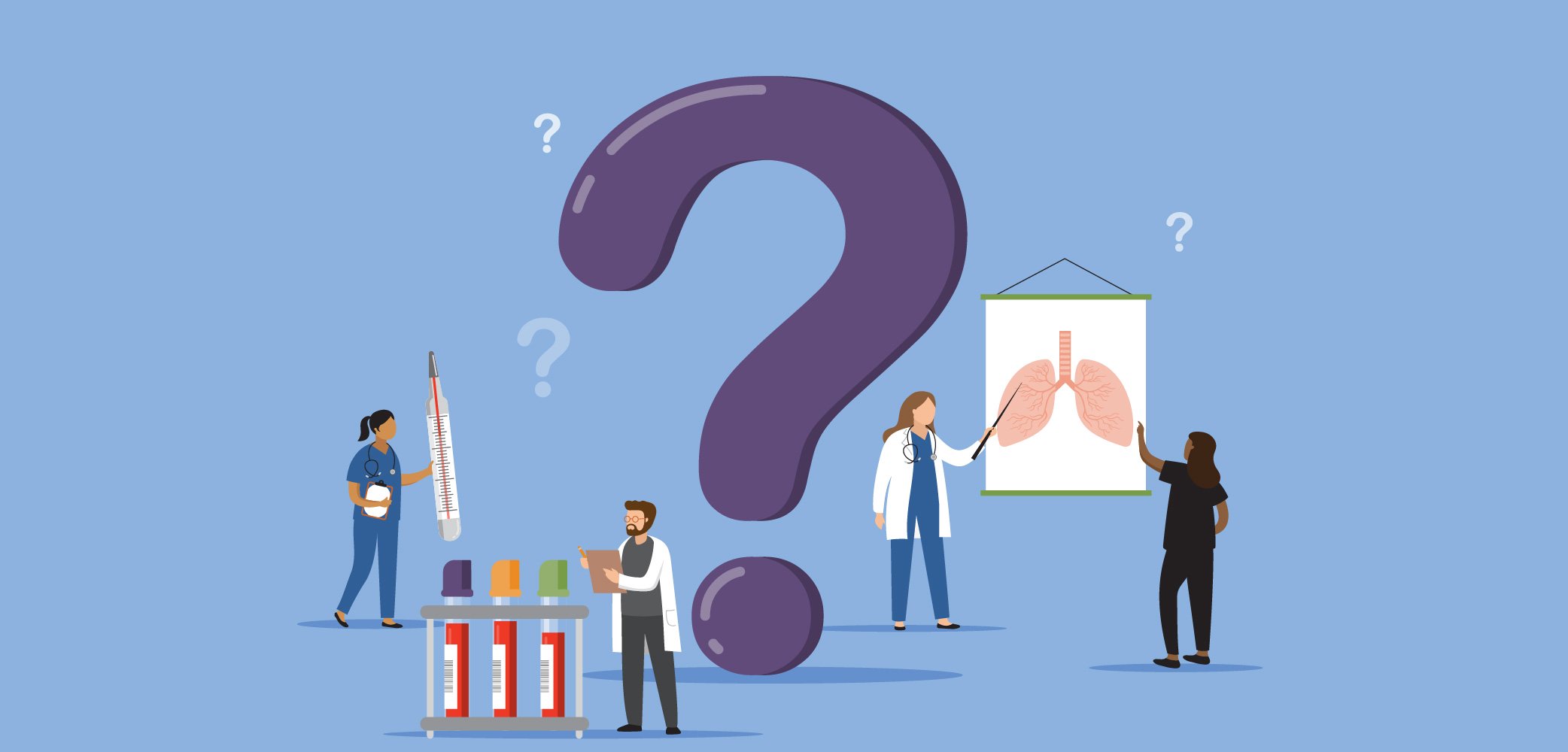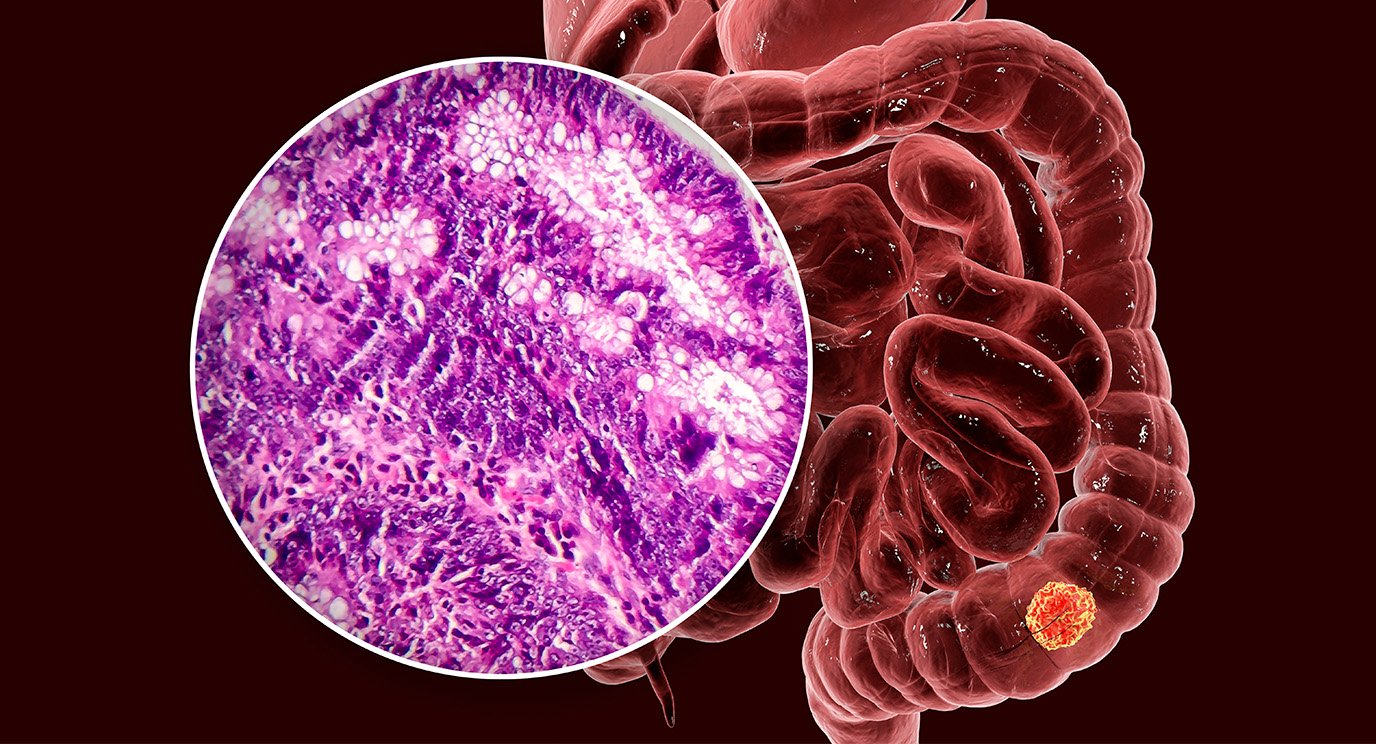Myelodysplastic syndrome: Who is at risk?
- Diseases
- Acoustic Neuroma (14)
- Adrenal Gland Tumor (24)
- Anal Cancer (66)
- Anemia (2)
- Appendix Cancer (16)
- Bile Duct Cancer (28)
- Bladder Cancer (68)
- Brain Metastases (28)
- Brain Tumor (230)
- Breast Cancer (718)
- Breast Implant-Associated Anaplastic Large Cell Lymphoma (2)
- Cancer of Unknown Primary (4)
- Carcinoid Tumor (8)
- Cervical Cancer (154)
- Colon Cancer (164)
- Colorectal Cancer (110)
- Endocrine Tumor (4)
- Esophageal Cancer (42)
- Eye Cancer (36)
- Fallopian Tube Cancer (6)
- Germ Cell Tumor (4)
- Gestational Trophoblastic Disease (2)
- Head and Neck Cancer (6)
- Kidney Cancer (124)
- Leukemia (344)
- Liver Cancer (50)
- Lung Cancer (288)
- Lymphoma (284)
- Mesothelioma (14)
- Metastasis (30)
- Multiple Myeloma (98)
- Myelodysplastic Syndrome (60)
- Myeloproliferative Neoplasm (4)
- Neuroendocrine Tumors (16)
- Oral Cancer (100)
- Ovarian Cancer (170)
- Pancreatic Cancer (166)
- Parathyroid Disease (2)
- Penile Cancer (14)
- Pituitary Tumor (6)
- Prostate Cancer (144)
- Rectal Cancer (58)
- Renal Medullary Carcinoma (6)
- Salivary Gland Cancer (14)
- Sarcoma (236)
- Skin Cancer (296)
- Skull Base Tumors (56)
- Spinal Tumor (12)
- Stomach Cancer (60)
- Testicular Cancer (28)
- Throat Cancer (90)
- Thymoma (6)
- Thyroid Cancer (98)
- Tonsil Cancer (30)
- Uterine Cancer (78)
- Vaginal Cancer (14)
- Vulvar Cancer (18)
- Cancer Topic
- Adolescent and Young Adult Cancer Issues (20)
- Advance Care Planning (10)
- Biostatistics (2)
- Blood Donation (18)
- Bone Health (8)
- COVID-19 (362)
- Cancer Recurrence (120)
- Childhood Cancer Issues (120)
- Clinical Trials (626)
- Complementary Integrative Medicine (24)
- Cytogenetics (2)
- DNA Methylation (4)
- Diagnosis (230)
- Epigenetics (6)
- Fertility (64)
- Follow-up Guidelines (2)
- Health Disparities (14)
- Hereditary Cancer Syndromes (124)
- Immunology (18)
- Li-Fraumeni Syndrome (8)
- Mental Health (118)
- Molecular Diagnostics (8)
- Pain Management (62)
- Palliative Care (8)
- Pathology (10)
- Physical Therapy (18)
- Pregnancy (18)
- Prevention (896)
- Research (390)
- Second Opinion (74)
- Sexuality (16)
- Side Effects (604)
- Sleep Disorders (10)
- Stem Cell Transplantation Cellular Therapy (216)
- Support (404)
- Survivorship (322)
- Symptoms (184)
- Treatment (1776)
Myelodysplastic syndrome: What you need to know
1 minute read | Published August 03, 2012
Medically Reviewed | Last reviewed by an MD Anderson Cancer Center medical professional on August 03, 2012
Myelodysplastic syndrome (MDS) is a group of diseases where the bone marrow doesn't produce enough healthy blood cells. Instead, it makes too many underdeveloped cells, known as blasts. These blasts die in the bone marrow or soon after entering the bloodstream, causing too few healthy blood cells and low blood counts.
In its gentlest form, MDS may be anemia, low platelets or low white blood count, but about 10% to 20% of diagnosed cases progress to acute myeloid leukemia (AML).
In the early stages MDS often doesn't have any symptoms. If there are signs, they may be vague or like those for other medical conditions such as fatigue and fever.
Blood tests and bone marrow tests can be used to find out if you have myelodysplastic syndrome.
Who is at risk?
"Environmental factors can increase the risk of MDS," says Guillermo Garcia-Manero, M.D. professor in MD Anderson's Department of Leukemia For example, it can impact people who smoke tobacco and people exposed to high levels of radiation and chemicals, such as benzene and other toxic substances.
"Most patients with MDS are older individuals, 65 and up, more frequently males, and they may or may not have had prior history of exposure," Garcia-Manero says.
Watch as Garcia-Manero discusses a new set of patients being diagnosed with MDS.
Related Cancerwise Stories
Environmental factors can increase the risk of MDS.
Guillermo Garcia-Manero, M.D.
Physician






